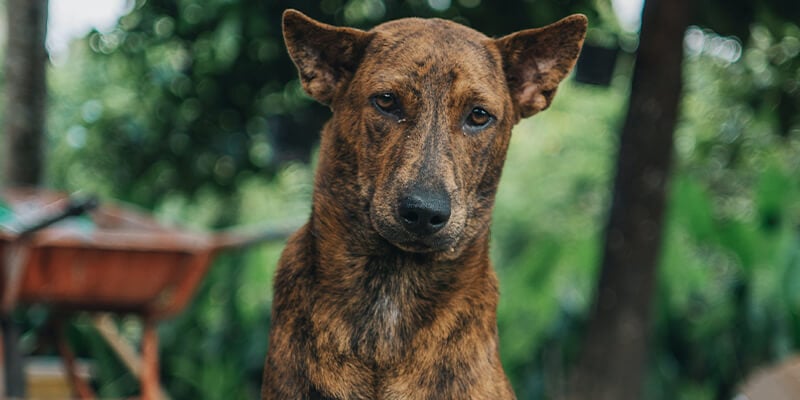Himachal Pradesh Bans Glue Traps to Protect Rodents and Other Small Animals, Following PETA India Appeal
Following an appeal from PETA India, the government of Himachal Pradesh has issued a notification prohibiting the manufacture, sale, and use of glue traps. The notification cites Section 11 of The Prevention of Cruelty to Animals (PCA) Act, 1960, which prohibits causing unnecessary pain and suffering to animals. It also emphasises the indiscriminate nature of glue traps, which ensnarl not only rodents but also “non-target” animals, including birds, squirrels, reptiles, and frogs.
In its appeal, PETA India had requested that the state government take immediate steps to implement circulars issued by the Animal Welfare Board of India advising that glue traps be prohibited. Circulars with similar directions have previously been issued by the governments of Chhattisgarh, Goa, Meghalaya, Sikkim, Tamil Nadu, and Telangana. Last year, the government of Himachal Pradesh demanded that action be taken against the manufacture, sale, and use of cruel and illegal gestation and farrowing crates in pig farming.
The use of glue traps, which cause unnecessary suffering to animals, is a punishable offence under Section 11 of the PCA Act, 1960. Because they often affect birds, squirrels, reptiles, and frogs, these traps are also in violation of the Wild Life (Protection) Act, 1972, which prohibits the “hunting” of protected indigenous species. Mice, rats, and other animals caught in the devices can die of hunger, dehydration, or exposure after days of prolonged suffering. Others may suffocate when their noses and mouths become stuck in the glue, while some even chew through their limbs in a desperate bid for freedom and die from blood loss. Those found alive may be thrown away along with the trap or may endure death by bludgeoning or drowning.
The best way to control rodent populations is to make the area unattractive or inaccessible to them: eliminate food sources by keeping surfaces and floors clean and storing food in chew-proof containers, seal trash cans, and use ammonia-soaked cotton balls or rags to drive rodents away (they hate the smell). After giving them a few days to leave, seal entry points using foam sealant, steel wool, hardware cloth, or metal flashing. Rodents can also be removed using humane cage traps but must be released near where they were found, as animals relocated outside their natural territory struggle to find adequate food, water, and shelter and can die as a result.
Support Our Work







